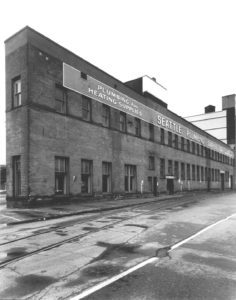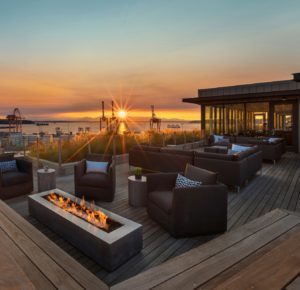Frye Hotel: 2022 Outstanding Stewardship Award
Congratulations to The Frye Hotel!
Built at the base of the original Skid Road (Yesler Way) in 1908, The Frye Hotel, originally advertised as Seattle’s “First Fire-Proof Hotel,” was Pioneer Square’s first luxury hotel to have en suite bathrooms. The building, 11 stories above grade with two basement levels, was converted to 234 units of apartments in the 1970s. In the late 1990s, the Low Income Housing Institute (LIHI) purchased the building, making it the largest Section 8 preservation project in Washington State.
LIHI is thrilled to have given this iconic beauty a new lease on life with mechanical, electrical, and plumbing systems overhauls, as well as a new insulated roof and extensive exterior renovation. Rehabilitation costs totaled approximately $35 million. Included in the renovation was exterior masonry cleaning, repair, and seismic reinforcement, along with a full replacement of the failing cornice along the street front sides of the building. Windows were also repaired or replaced, with historic wood windows repaired and preserved along street front sides and new energy-efficient windows on secondary facades.
The building remained occupied during the renovation, adding substantial challenge to the project. The progress of the rehabilitation work was driven by the location of the plumbing stacks throughout the building, work was done in 10 vertical zones spanning residential floors 2 to 11. Over the course of approximately two years, tenants were relocated within the building to clear the way for the construc-tion crew to progress through the zones. LIHI staff worked closely with tenants to make moves as easy as possible, with many house-holds moving only once – into a newly refinished unit.
The renovation, completed in 2021, increased the comfort and energy efficiency of the building, preserved affordable housing, and honored the historic features of this grand old hotel. LIHI staff, along with architect (Robert Drucker of Environmental Works), contractor (Walsh Construction Co), and many skilled subcontractors, worked tirelessly to complete this renovation during the COVID-19 pandemic.
Historic Seattle is pleased to recognize this project as one of our two 2022 Outstanding Stewardship Award winners!
Project Team:
Owner: Low Income Housing Institute
Architect: Environmental Works
Contractors: Walsh Construction Company, Pioneer Masonry Restoration
Images courtesy of the Low Income Housing Institute.
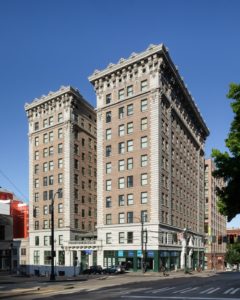
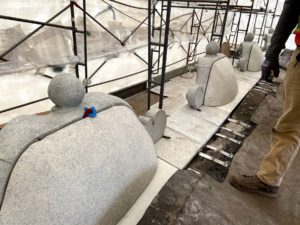
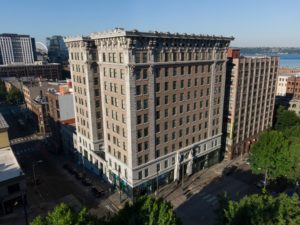
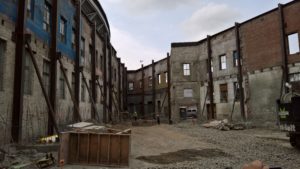 It is the only triangular historic building in Pioneer Square and sits at the southern gateway of the historic district and the rising waterfront park.
It is the only triangular historic building in Pioneer Square and sits at the southern gateway of the historic district and the rising waterfront park.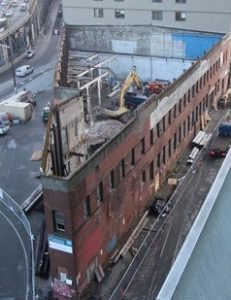 on top. The first-floor commercial space still retains the warm brick and rustic beams original to the building.
on top. The first-floor commercial space still retains the warm brick and rustic beams original to the building.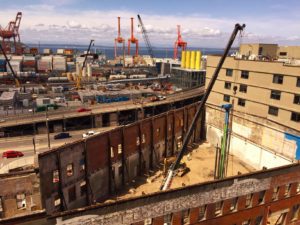 four pedestrian gateways that will reunite Pioneer Square to the waterfront promenade, perfect for the new retail.
four pedestrian gateways that will reunite Pioneer Square to the waterfront promenade, perfect for the new retail.